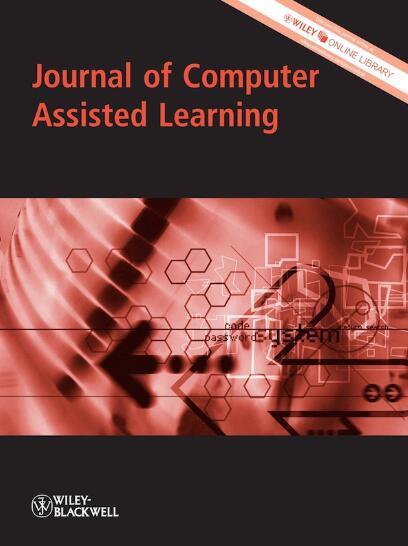Instructors' Continuous Happy Facial Expressions Enhance Learning in Instructional Videos
Abstract
Background
Instructors' facial expressions in instructional videos can greatly influence how learners perceive their emotions, thereby affecting students' attention to the learning content and their overall performance. While the short-term effects of instructors' specific facial expressions in instructional videos have been well documented, less is known about how instructors' constantly changing facial expressions influence students' learning and the long-term effects of these expressions.
Objective
The present study incorporated cross-sectional and longitude experiments to examine how an instructor's facial expressions (i.e., changing between positive and negative expressions vs. positive expressions vs. negative expressions) influence students' learning from instructional videos from both short-term and long-term perspectives.
Methods
Experiment 1 adopted a one-factor within-subject design, and Experiment 2 adopted a one-factor between-subjects design. We manipulated the instructor's facial expressions in the instructional videos.
Results
The results of Experiment 1 suggested that the instructor's continuous facial expressions enhanced students' learning performance compared to changing facial expressions. The results of Experiment 2 further suggested that the instructor's continuous positive facial expressions enhanced students' learning performance compared to changing facial expressions and continuous negative facial expressions.
Conclusions
These findings contribute to the scholarly understanding of the long-term effects of instructors' changing and unchanging facial expressions and have important implications for designing instructional videos. Instructors are encouraged to display positive facial expressions throughout instructional videos to enhance learners' short-term and long-term learning performance.

 求助内容:
求助内容: 应助结果提醒方式:
应助结果提醒方式:


